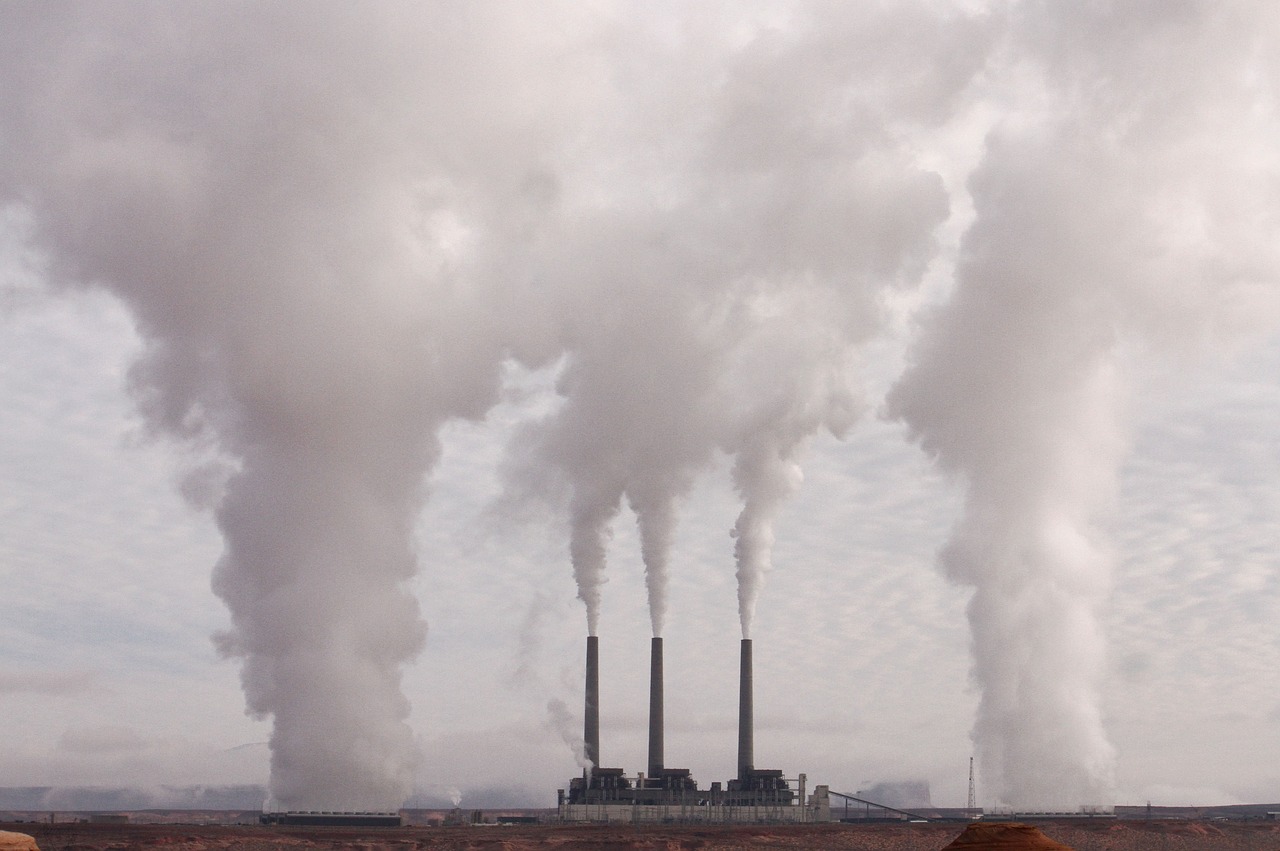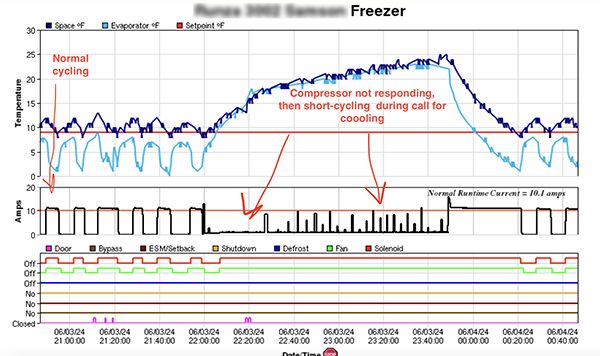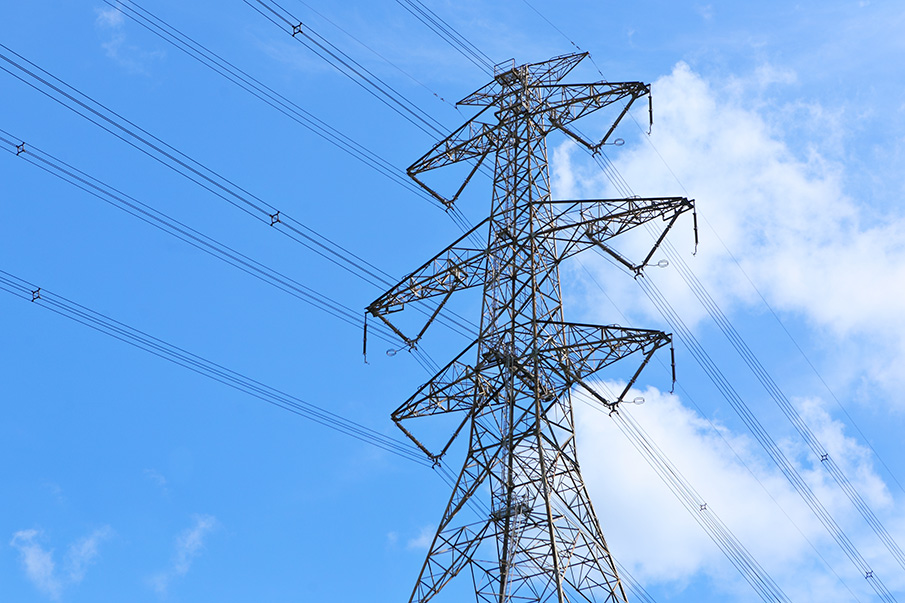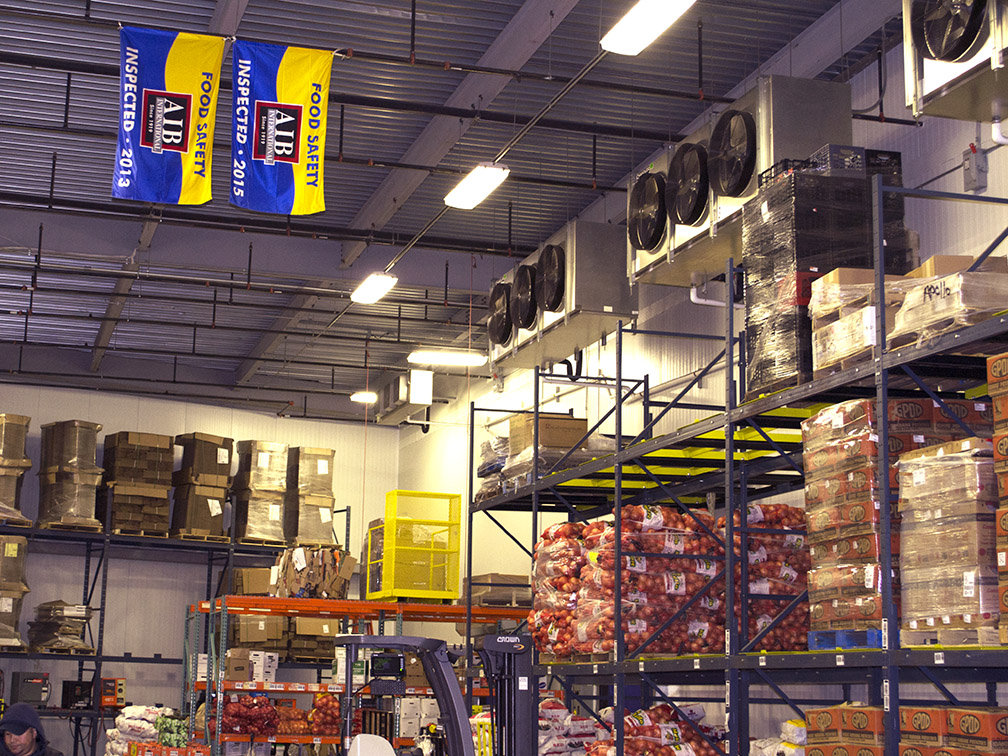As of this writing, a large swathe of US states are forging ahead with clean energy goals regardless of the current administration’s aim to roll back as many Obama-era standards as they can. Arizona, California, Colorado, Illionois, Massachusetts, Minnesota, Nevada, New York, New Mexico, Pennsylvania, Washington, and Wisconsin have all passed legislation, or are currently discussing legislation, that would make their state’s energy 70-100% carbon free by 2050. While a total of 25 state governors have signed their support on to the US Climate Alliance (in response to the US being pulled out of the Paris agreement).
How do these state governments plan on achieving their stated goals? Many are incorporating energy efficiency measures.
Annie Gilleo, Senior Manager, State Policy, for ACEEE, lays out the reasoning why plainly: Energy efficiency reduces loads, which reduces the amount of renewable energy needed. This also leads to lower energy costs.
Another benefit of energy efficiency, which often goes overlooked in the broader discussion of energy usage, is its ability to aid the grid during its most high-demand times on particularly cold or hot days.
And if you go beyond the power sector and the grid, energy efficiency will still aid municipalities, governments, and companies to reach their other clean energy goals.
“ACEEE research has identified ways that energy efficiency can cut emissions in half across the economy.”
Meaning, it makes financial sense to incorporate energy efficiency into most operations.
“California has identified four pillars of decarbonization: shifting toward low-carbon fuels, electrifying buildings and vehicles, reducing other forms of emissions like methane leakage, and a major push for energy efficiency. As one of these key pillars, efficiency factors into every pathway the state might take to meet its aggressive decarbonization goals, according to a 2018 study commissioned by the California Energy Commission.”
There are a range of areas, both on the large and small scale, in which energy efficiency can make significant gains:
- logistics
- supply chain
- transportation (freight)
- passenger vehicles
- building management
- lighting
- heating & cooling
- refrigeration
- solar panels
“These clean energy goals mean big changes for the way states generate energy. But they also mean big changes in the way we use energy.”




